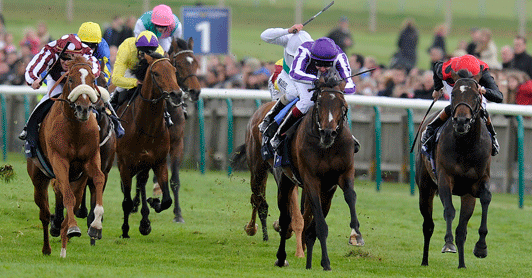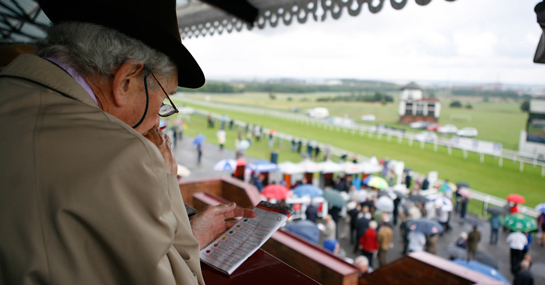How Does Horse Racing Betting Work?
2020-10-13
Basic terminology for horse racing is this
A bet on a horse to finish first is called a winning bet. Betting on a horse that finishes first or second is called a place bet. Betting on a horse that finishes in the money which can be coming third or better is called a show bet. A horse that finishes the race first, second or third is called in the money. A bet on a horse that comes in a win, place, and a show is called across the board. If the horse wins, the person who bets on it can collect it in three ways mentioned above, if it comes second then two ways which are placed and show and if third, only one way. The odds that on the track a handicapper can predict a horse will be called the morning line.
The next step basics are these

Any bet on the horse other than win, place, or show always requires multiple combinations. Some examples include that of exotic wagers are exacta, trifecta, Pick 6, Pick 4. These are called exotic bets. A betting term called “box” denotes a combination of bets where all possible numerical combinations are covered for certainly picked horses. A wager called “Exacta Box” where we have all possible combinations just by using a given number through which accordingly horses are selected.
A Bet in which the first two horses that finish the race must be picked in either order is a “Quinella”. A bet in which the first three horses that finish the race must be selected in exact order is called a “Trifecta”. A wager in which all possible combinations using a given number of horses are bet upon is called a “Trifecta box”. A type of multi-race bet called “Pick (6 or another number)” is that in which the winners of all the included races must be selected. Pick 3, Pick 4, Pick 5, Pick 6 are known to be the commonly used tracks in the United States according to experts.
Here is the gambling Language to keep in mind

A racehorse’s especially poor performance on the heels of an especially good one is called “Bounce”. The betting favorite in a race is Chalk. The gambler who bets on favorites is a chalk player. A single horse used in multiple combinations in an exotic bet is a key horse. Finishing among the first three are always on the board. Betting a horse to win only on the nose is considered a bad strategy. A horse whose odds are greater than its potential to win always has the overlay.
Professional bettors often tend to target overlays, meaning that they target bets that often offer better than fair value odds. Betting horses whose odds are worse than fair value is always considered a poor strategy. A multi-race bet in which all winnings are subsequently wagered on a succeeding race is a parlay. A metric that rates a horse’s performance in a race, which is determined by a combination of the horse’s performance and the level of competition he/she competed against is a speed figure.
